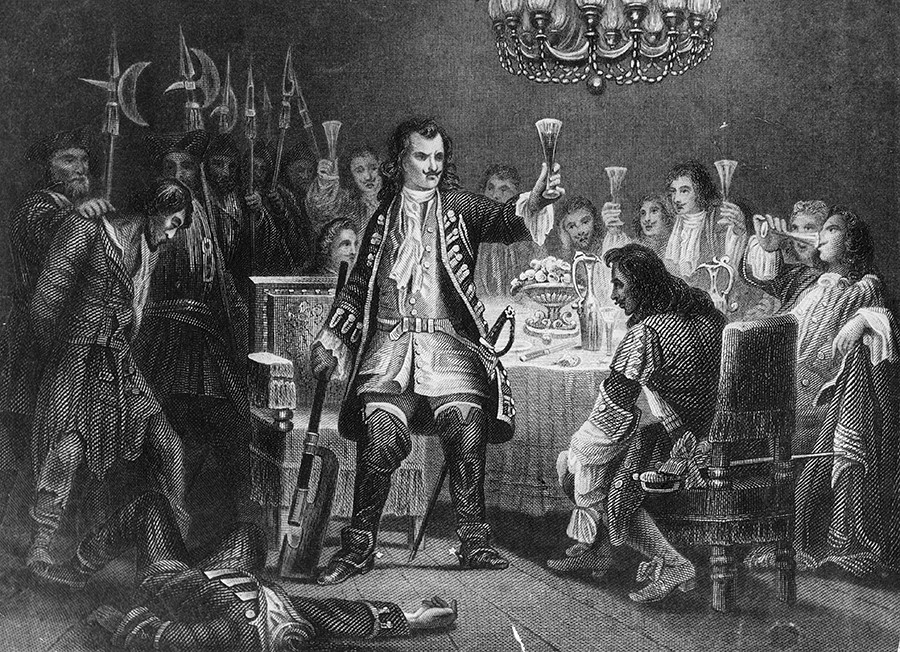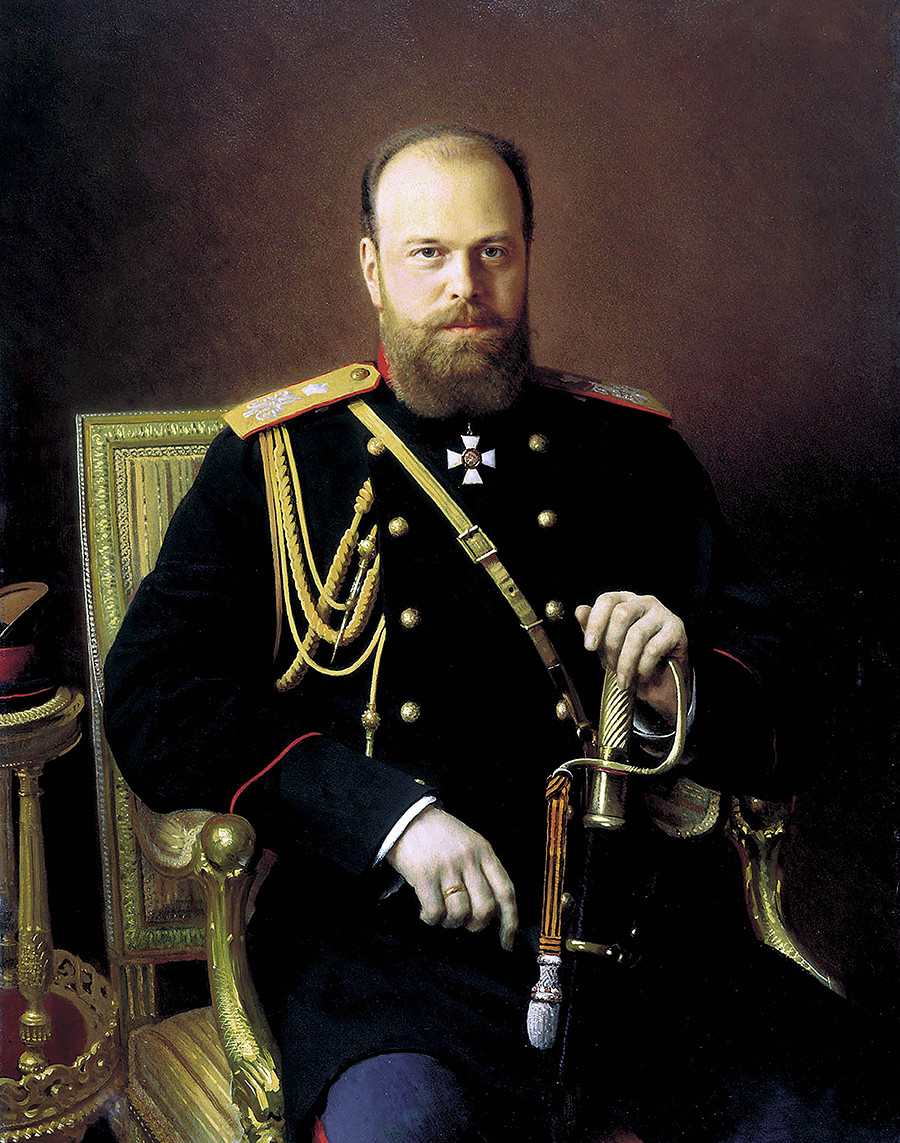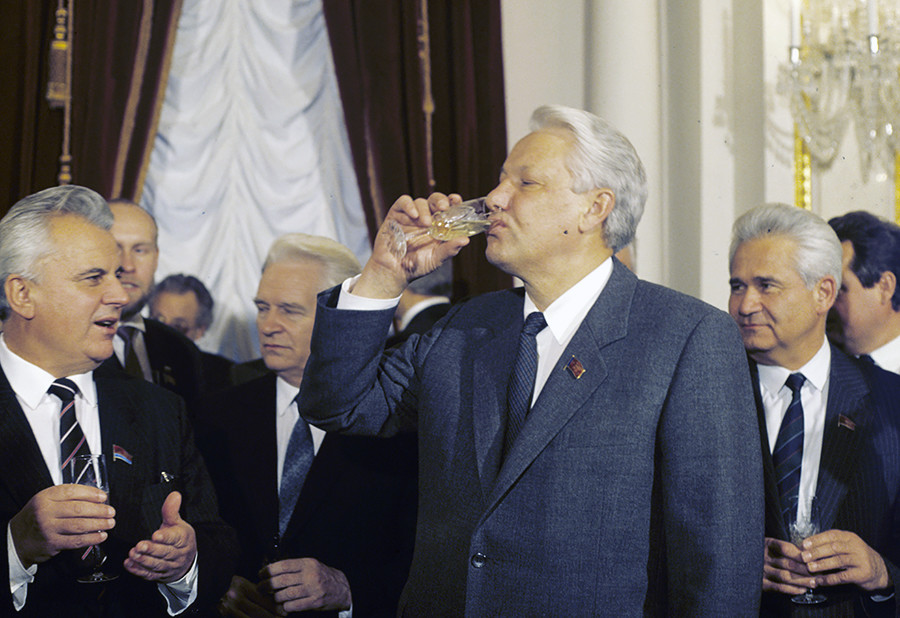‘Never go to bed sober’ - meet the great Russian leaders who abused alcohol
Peter the Great: Orgies and big glasses of vodka
“One has to be drunk every day and never go to bed sober.” This was the main requirement for membership in the “All-Joking, All-drunken Synod of Fools and Jesters,” which was created by Tsar Peter I in the late 17 century. It consisted of the highest officials and people closest to Peter. They organized orgies, sometimes for several days in a row. It was known that all “members” of the “Synod,” which also included ladies-in-waiting, often drank until they lost consciousness.

Peter I liked heavy drinking and wanted others also to drink a lot
Getty ImagesPeter was ranked just as a “proto-deacon,” but in
Peter liked heavy drinking and wanted others also to drink a lot. “Once I made a mistake and the tsar’s servant immediately brought me a big glass of vodka. [Peter introduced the 'penalty shot', and the tradition is still alive].Taking advantage of his heaviness, I ran to the forefront of the ship [and climbed to one of the masts]. His Majesty climbed after me holding a glass with his teeth. There, where I thought to find a safe place, he sat with me and I had to drink that glass and four more,” recalled one foreign diplomat.
Historians have an explanation for the Tsar's unorthodox behavior that goes far beyond a fascination with pleasure. “Wild orgies of the 'Synod' were used by Peter to overcome uncertainty and fear, to remove stress and release destructive untamed energy. The Tsar’s madness was a way to break with the past,” historian Igor Andreev wrote in one of his articles about the famous reformer who sacrificed tradition to bring about Russia’s speedy modernization.
Peter, however, also understood the harm of alcohol abuse. He established a medal, “For drinking,” that weighed 7 kilograms and was put on the neck of abusers who had to wear it for a whole week.
Alexander III: Political intrigue behind booze rumors?
Legend has it that the alcohol addiction of another emperor, Alexander III, led to a change in the shape of boots. They say that Alexander used to take a sip from time to time, but his wife, Danish princess Dagmar (who took the name Maria Feodorovna in Russia), could not tolerate even the smell of alcohol; or according to a different account, she was worried about her royal husband’s health. Hence, in order not to burden his spouse with negative

Some experts connect the stories of Alexander's alleged alcohol abuse to his liberal opponents’ criticism of his policy
Getty ImagesAt the same time, some experts connect the stories of the emperor’s alleged alcohol abuse to his liberal opponents’ criticism of his policy. When he came to power in 1881 after the murder of his progressive father, Alexander II, he scaled back reformist policies and embarked on what some saw as an ultra-conservative path. He pacified the country's internal troubles, and greatly strengthened the army and navy. Thus, his political opponents considered it "necessary to create the image of 'a fool and a drunk' on the throne,” in order to demonstrate the need to be rid of the monarch.
What contradicts the depiction of the Tsar as a drunk is the testimony of his personal doctor, Nikolay Velyaminov. “Did he drink vodka? It seems to me he did not, but if he did, it was not more than a small glass. In cases when he wanted to drink at the table, his favorite drink was Russian kvas with champagne, but [he drank it] very modestly.”
As historian Kirill Solovyev argues, “there are no trustworthy sources confirming his inclination to drinking.” However, the same historian confesses that Alexander’s contemporaries who spent time with him felt compelled in their memoirs to write that he did not abuse alcohol. So, the question remains open.
Boris Yeltsin: Flagging a taxi in underpants
A much more recent historical figure, Russia's first president, Boris Yeltsin, leaves no room for any doubt. His addiction to alcohol is well known and documented

According to the head of his security service, Boris Eltsin abused alcohol on a daily basis
V. Chistiakov/SputnikAs Korzhakov wrote, the weight of presidential responsibilities did not alter Yeltsin's drinking habit, and the fact that he had to travel abroad did not stop him either. As former U.S. President Bill Clinton told Taylor Branch, the author of “The Clinton Tapes: Wrestling History With the President”, in 1995 Secret Service agents found the Russian leader standing in his underpants outside the White House, trying to flag a taxi to go get a pizza. It's clear that Yeltsin was not sober then. Yet, despite his addiction, he managed to defeat all his political opponents, first in the USSR and then in independent Russia, and he passed the country's Constitution that still regulates political life in the country today.
Check yourself and see whether you can guess the logic of Russian leaders.
If using any of Russia Beyond's content, partly or in full, always provide an active hyperlink to the original material.
Subscribe
to our newsletter!
Get the week's best stories straight to your inbox